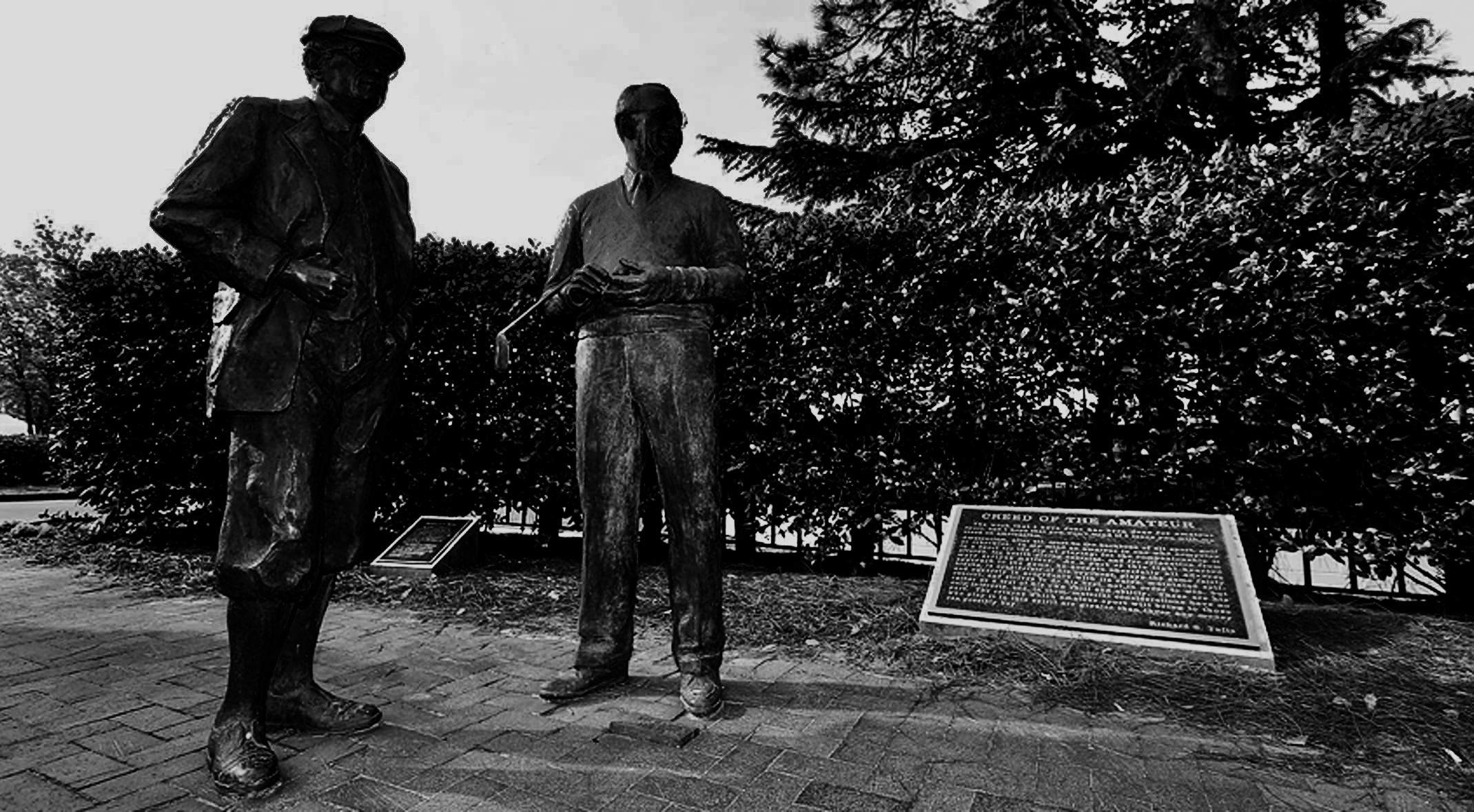Using a highly unscientific method (namely the opinions of participants pre- the 2019 PGA Championship), we can assume the average golfer should not expect to break 120 at Bethpage Black. You know all about the rough and the massive bunkers. You know about the sign telling people (like you or me) to spare ourselves the shame and turn back.
The greens are also legendary. Legendarily boring. I would hazard the same average golfer, while on the way to their 121, would not putt more than 36 times. I have admittedly spent my entire golfing career banking on the assumption that if I can get on in regulation, par is guaranteed. Hardly true at most championship venues, this assumption is especially true at Bethpage Black (and its brother, Bethpage Red).
It’s as if whoever designed the course (more on that in a jiff) wanted golfers to feel better after the hardships they overcame on the way to the green and thus presented a pancake to putt upon.
That sort of logic doesn’t jive with Black’s wider purpose, which is no longer to serve as “the people’s country club,” but rather bring big events (and cash) to the municipality. The iconic nature of its brutality has waned a bit in that regard. Tiger Woods was the only player to break even during the 2002 Open (-3), five players broke even during ‘09 (Lukas Glover winning with -4) and then the dam burst for the ‘12 and ‘16 Barclays, where a minus was required to finish within the Top 35 and 30, respectively. The 2019 PGA took a U.S. Open approach to conditioning but Brooks Koepka and Dustin Johnson still managed to smoke their way to -8 and -6, respectively.
Black is no doubt still highly-equipped for PGA play, relative to the course competition. But some new greens would go a long way.
Confronting the course’s authorship is the first step in overcoming the conservative hump.
Continue reading “An Immodest Proposal: Totally Overhaul Bethpage Black’s Greens for Tillinghast’s Sake” »

